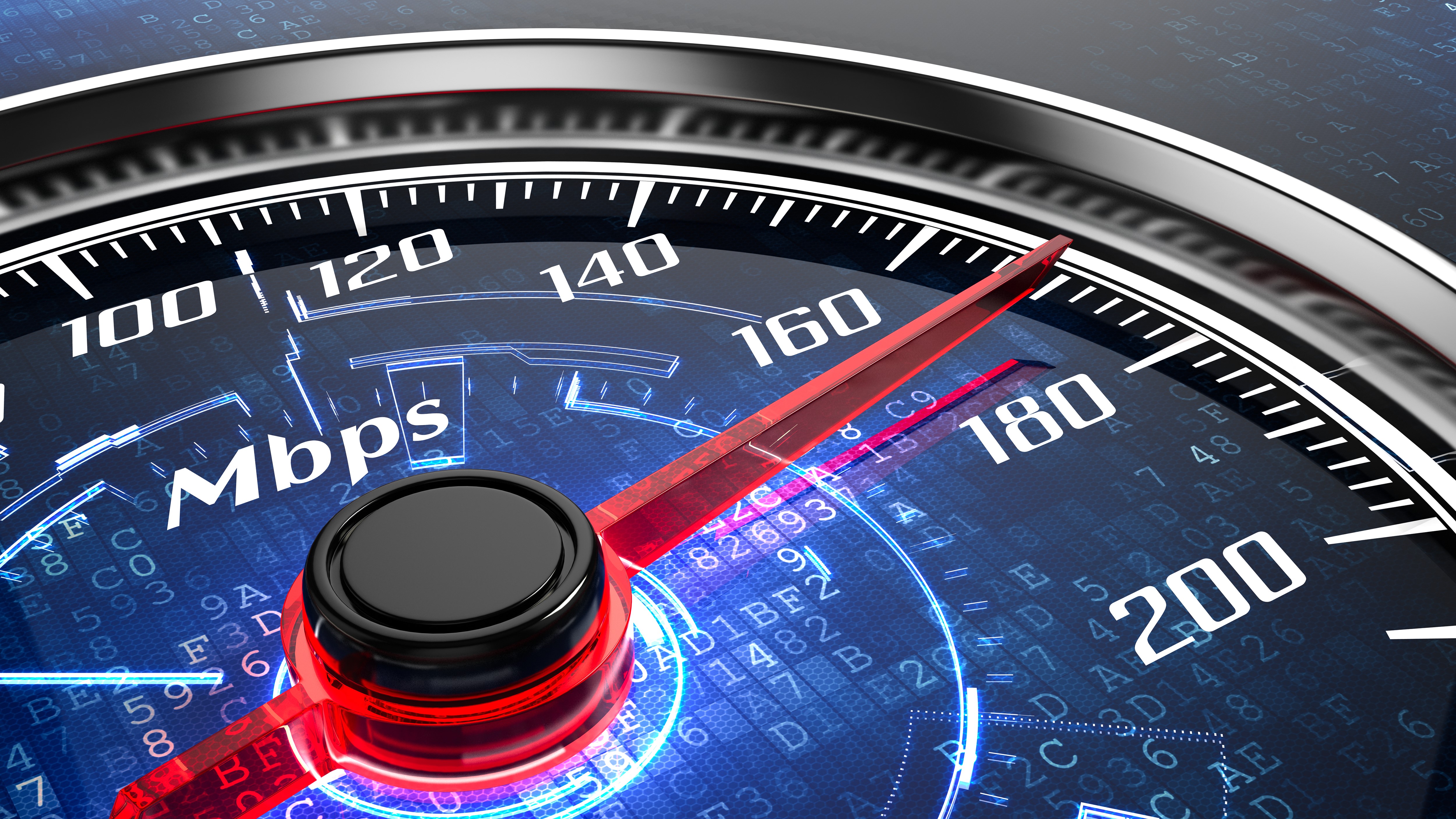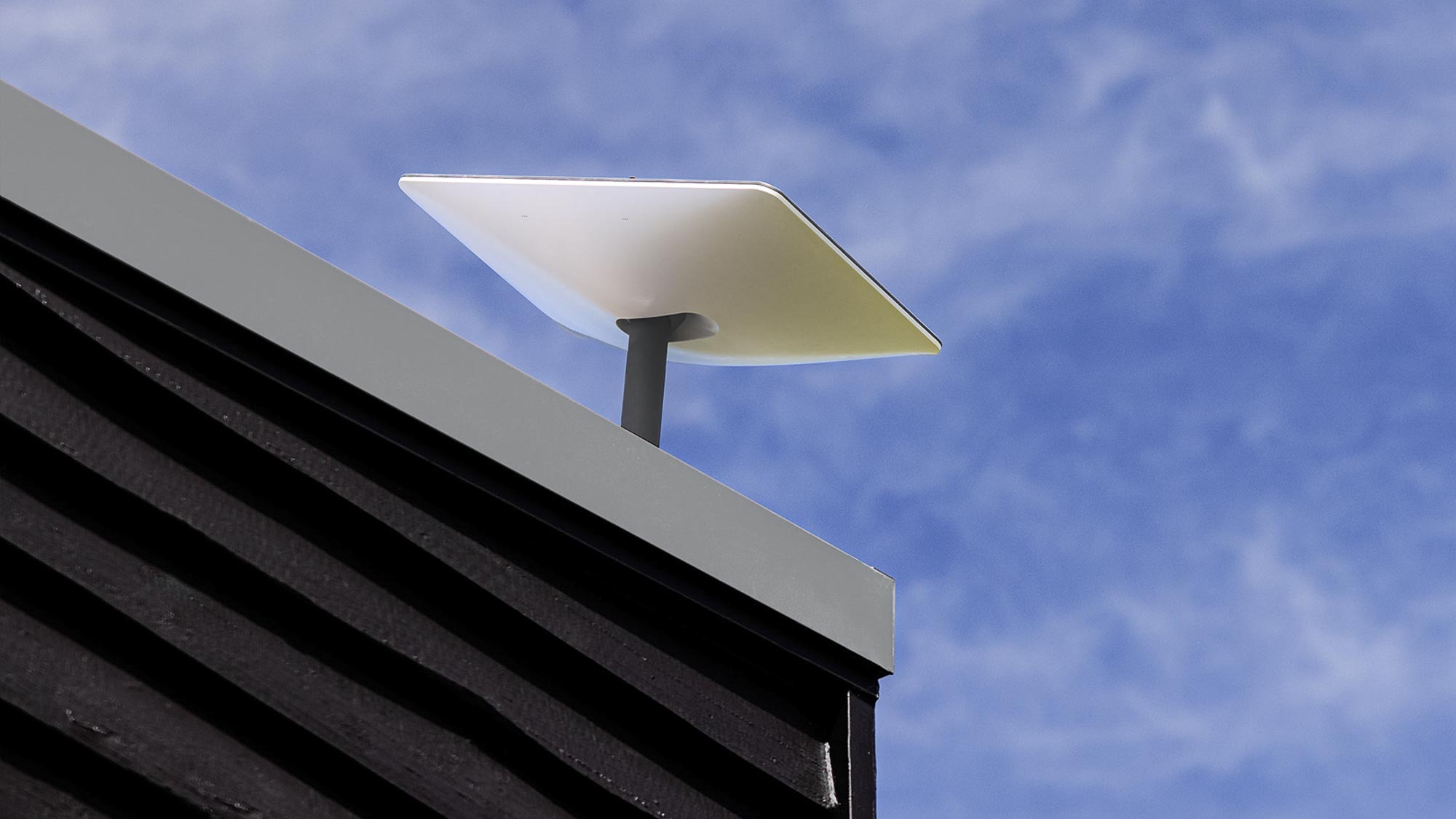The states with the fastest (and slowest) internet — the results are in
A fast internet connection is a must when working remotely

Update: This home internet provider has the best broadband — and this is the worst.
A fast internet connection can make or break your work from home experience especially now that most meetings are conducted over video calls. With slow internet speeds, you’ll also find it difficult to stream content online during your downtime.
While there are ways to get faster internet at home for free, HighSpeedInternet.com has put together a new report highlighting which states have the fastest and slowest internet speeds. That data could be especially useful if you plan on moving to a state where the cost of living is cheaper now that you’ve secured a job that allows you to work remotely.
To determine which states have the best and worst internet speeds, the site used speed tests taken across 2,733 U.S. cities between February and March of this year. HighSpeedInternet.com required a minimum of 100 speed tests for each city to be included in its data set of more than 1.4 million speed test results; incomplete, duplicate and cellular phone data was filtered out to show what most people were working with on their laptops and desktops.
Although the national average internet speed is 119.03 Mbps based on the site’s report, some states have speeds that are slightly higher while others offer internet speeds that are around half those of the national average.
Stick to the East Coast for the best internet speeds
If you want to live in a state with the fastest internet speeds, then you’ll likely want to relocate to a state on the East Coast. Delaware had the highest average download speed at 145.8 Mbps followed by New Jersey at 144.7 Mbps and Maryland at 144.3 Mbps. However, other East Coast states including Virginia (139.6 Mbps), Massachusetts (138.1 Mbps), Rhode Island (134.5 Mbps), Georgia (128 Mbps) and Florida (127.79 Mbps) also appeared on HighSpeedInternet.com’s list of the states with the best download speeds.
The two outliers on the list were California, with download speeds of 131 Mbps, and Texas, with even faster average download speeds of 133.7Mbps. The number of tech giants and startups in both states explains why they would have faster internet speeds despite lacking the infrastructure available on the East Coast of the United States.
Get instant access to breaking news, the hottest reviews, great deals and helpful tips.
You may want to think twice before moving out to the country

After being cooped up working remotely in an apartment during the pandemic, many Americans made the choice to move out to the countryside where there’s more space and less people. However, these benefits come with a huge downside — significantly slower internet speeds.
Of the 50 states in the U.S., West Virginia has the slowest average download speed of 60.7 Mbps based on HighSpeedInternet.com’s tests. Montana isn’t far behind at 63.4 Mbps followed by Wyoming with 69.9 Mbps. Maine (71.8 Mbps), Idaho (75.1 Mbps), Arkansas (82.3 Mbps), New Mexico (82.7 Mbps) South Dakota (83.1 Mbps), Iowa (85 Mbps) and Wisconsin (85.1 Mbps) made up the rest of the ten states with the worst internet speeds in the U.S.
If you want a bit more space without sacrificing the speed of your internet connection, both South Carolina and North Carolina could be a better choice with download speeds of 110.8 Mbps and 110.7 Mbps respectively.
| State | Average download speed |
|---|---|
| Alabama | 99.7 Mbps |
| Alaska | 88.0 Mbps |
| Arizona | 98.8 Mbps |
| Arkansas | 82.3 Mbps |
| California | 131.0 Mbps |
| Colorado | 125.0 Mbps |
| Connecticut | 112.6 Mbps |
| Delaware | 145.8 Mbps |
| Florida | 127.79 Mbps |
| Georgia | 128.0 Mbps |
| Hawaii | 90.2 Mbps |
| Idaho | 75.1 Mbps |
| Illinois | 122.8 Mbps |
| Indiana | 110.5 Mbps |
| Iowa | 85.0 Mbps |
| Kansas | 101.8 Mbps |
| Kentucky | 94.5 Mbps |
| Louisiana | 101.4 Mbps |
| Maine | 71.8 Mbps |
| Maryland | 144.3 Mbps |
| Massachusetts | 138.1 Mbps |
| Michigan | 104.6 Mbps |
| Minnesota | 96.6 Mbps |
| Mississippi | 94.4 Mbps |
| Montana | 63.4 Mbps |
| Nebraska | 98.8 Mbps |
| Nevada | 116.6 Mbps |
| New Hampshire | 127.7 Mbps |
| New Jersey | 144.7 Mbps |
| New Mexico | 82.7 Mbps |
| New York | 121.8 Mbps |
| North Carolina | 110.7 Mbps |
| North Dakota | 88.0 Mbps |
| Ohio | 92.4 Mbps |
| Oklahoma | 101.2 Mbps |
| Oregon | 111.4 Mbps |
| Pennsylvania | 119.0 Mbps |
| Rhode Island | 134.5 Mbps |
| South Carolina | 110.8 Mbps |
| South Dakota | 83.1 Mbps |
| Tennessee | 115.6 Mbps |
| Texas | 133.7 Mbps |
| Utah | 111.3 Mbps |
| Vermont | 89.6 Mbps |
| Virginia | 60.7 Mbps |
| Washington | 124.34 Mbps |
| West Virginia | 60.7 Mbps |
| Wisconsin | 85.1 Mbps |
| Wyoming | 69.9 Mbps |
Bridging the digital divide
With many states registering internet speeds that are slower than the national average, the US government has several plans in place to try and tackle the digital divide including the Biden administration’s Affordable Connectivity Program. This program aims to make it easier and cheaper for low-income Americans to get access to high-speed broadband.
The Biden administration also recently secured commitments from 20 of the country’s leading internet providers to either increase speeds or cut prices as part of the Affordable Connectivity Program. The US government has even launched a new site called GetInternet.gov which is designed to make it easier to sign up for the program and to find participating internet providers.
If your household’s income is at or below 200% of the Federal Poverty Level, you can qualify for the Affordable Connectivity Program and only pay $30 per month or possibly even less for high-speed internet which the FCC defines as a minimum download speed of 25 Mbps and a minimum upload speed of 3 Mbps. However, FCC chair Jessica Rosenworcel has called for both minimums to be raised, especially as more aspects of our daily lives now take place online.
How to get faster and more reliable rural internet

For those that live in a rural area or recently moved out to the country during the pandemic, you can still get relatively fast, reliable internet even if the area in which you live lacks the necessary network infrastructure.
To get fast rural internet in places without traditional coverage, you’ll need to turn to a satellite internet provider like Starlink, HughesNet or Viasat. Starlink is the fastest available right now at 50-500 Mbps followed by Viasat with download speeds from 12-100 Mbps. HughesNet only goes up to 25 Mbps.
Still though, these satellite internet providers can be a godsend to those living in rural areas who previously had to rely on a mobile hotspot to get their devices online. At the same time, Verizon and Amazon recently announced a new strategic collaboration to use the ecommerce giant’s Project Kuiper to deliver improved connectivity to rural and remote communities in the U.S. using its constellation of 3,326 satellites in low earth orbit.

Anthony Spadafora is the managing editor for security and home office furniture at Tom’s Guide where he covers everything from data breaches to password managers and the best way to cover your whole home or business with Wi-Fi. He also reviews standing desks, office chairs and other home office accessories with a penchant for building desk setups. Before joining the team, Anthony wrote for ITProPortal while living in Korea and later for TechRadar Pro after moving back to the US. Based in Houston, Texas, when he’s not writing Anthony can be found tinkering with PCs and game consoles, managing cables and upgrading his smart home.
